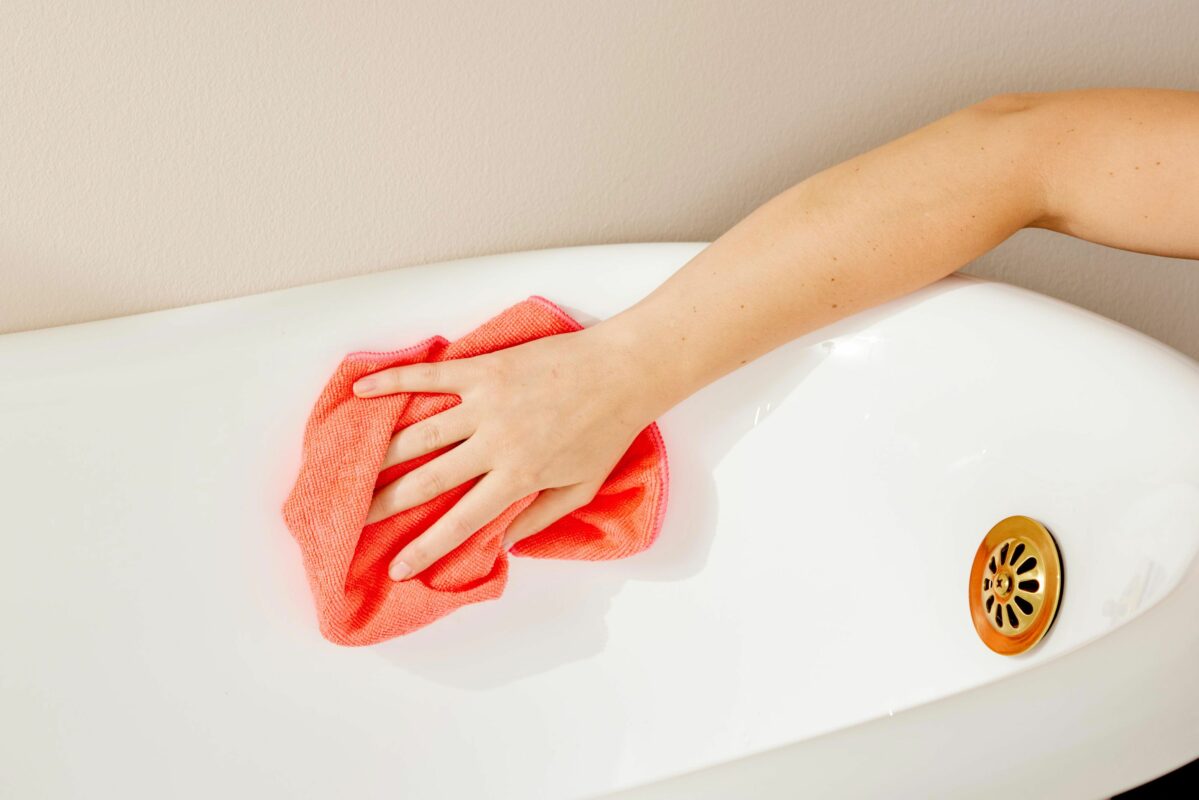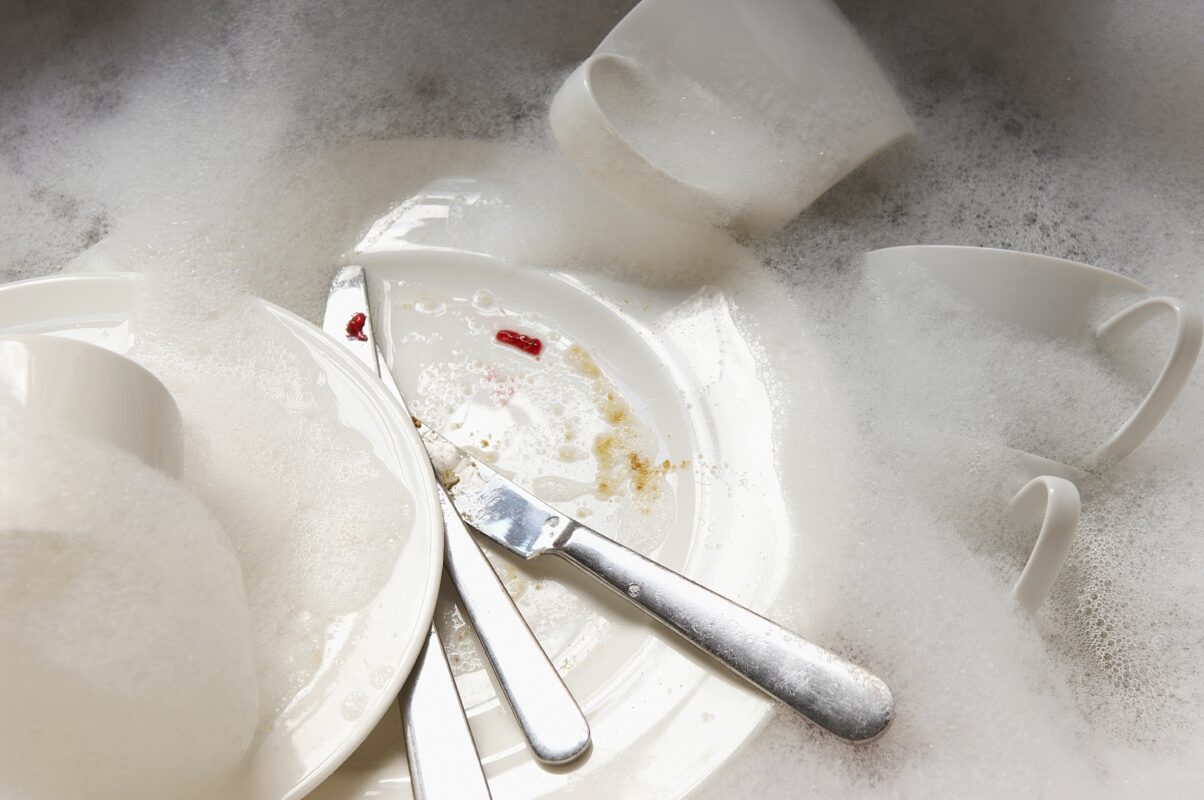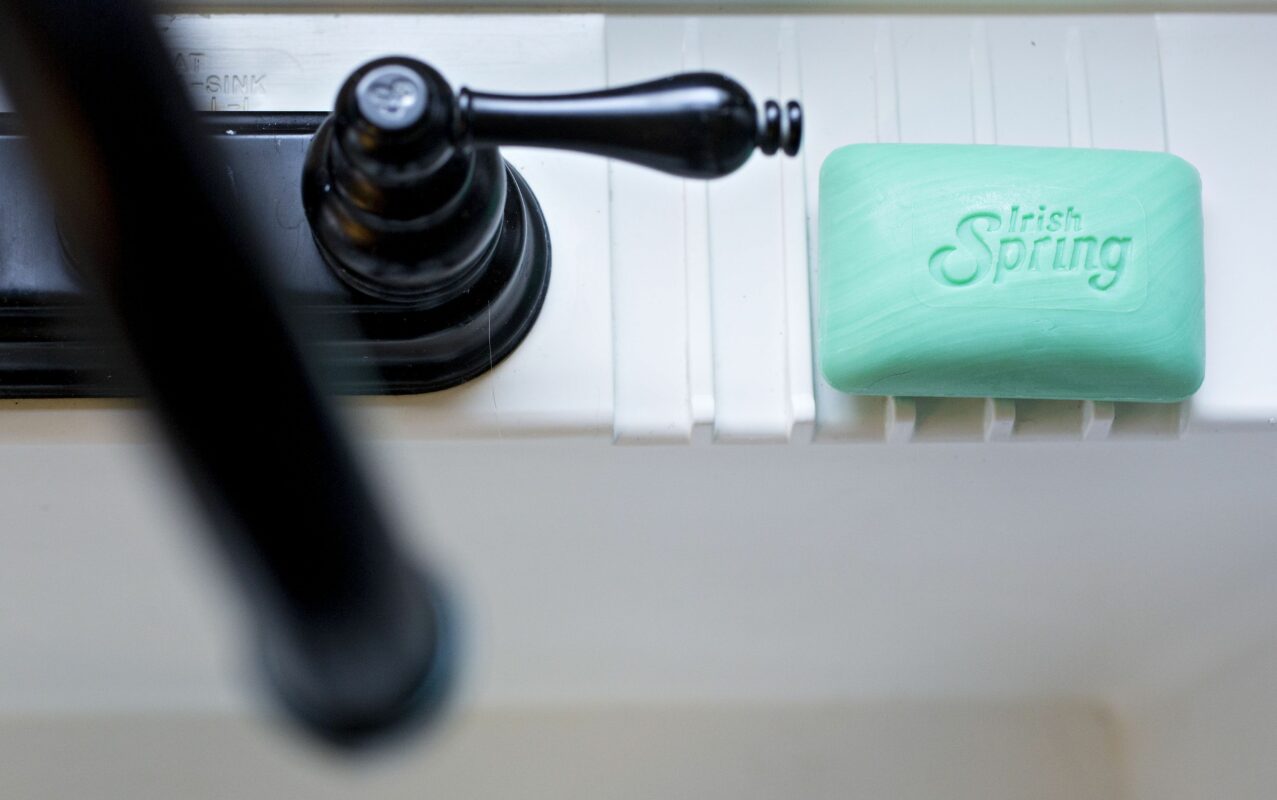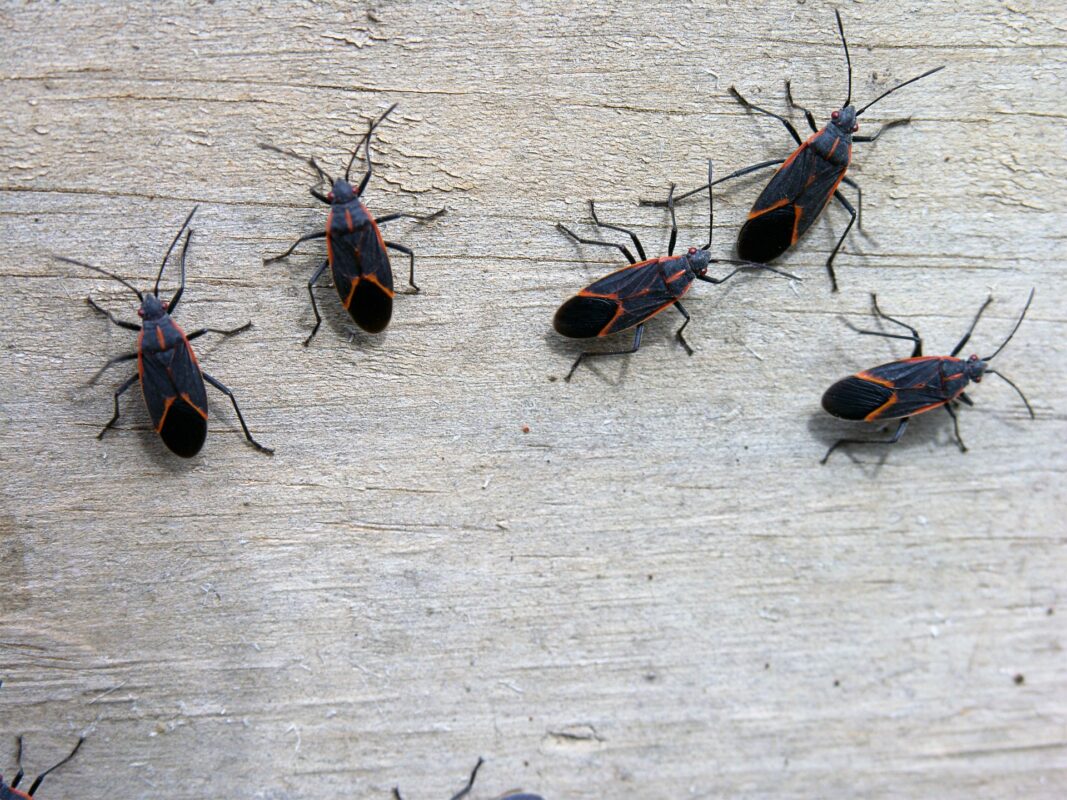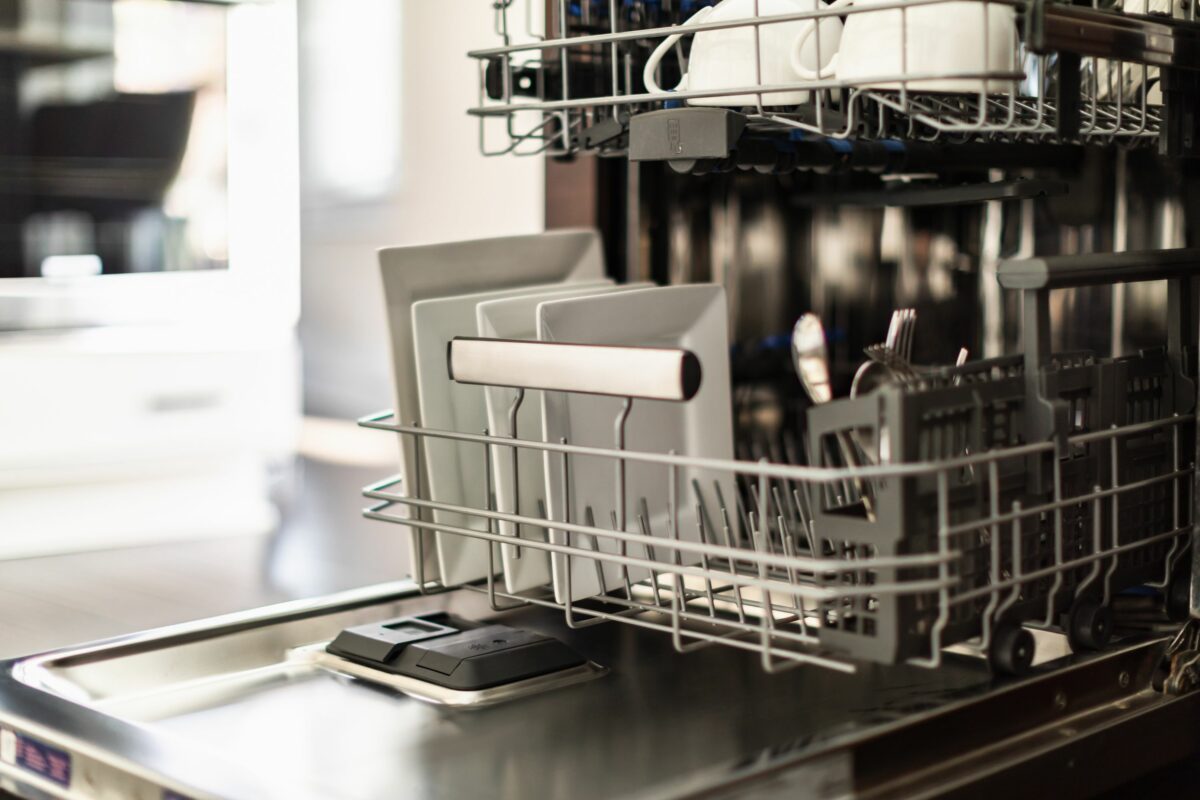Suds can be a satisfying part of the dish-cleaning process. When you see bubbles, it’s a good sign that your soap is interacting with grease and grime. But chances are you’re using too much soap and losing out on money.
“Many people overestimate how much soap is needed,” says Muffetta Krueger, a cleaning expert with more than 20 years of experience in the field. “Using excessive soap can leave a residue on dishes and requires extra rinsing.”
Are you throwing more soap down the drain than you need to? Here’s everything you need to know about effectively using dish soap to save on suds and some extra cash.
How Much Dish Soap Should You Use?
A little goes a long way when using dish soap. You only need to squeeze a couple of drops of soap onto a sponge to effectively work through a dirty stack of dishes. To make the soap last longer, scrunch the sponge a few times to help spread out the soap.
Alternatively, if you decide to wash your dishes by filling the sink with soapy water, 1 to 2 tsp. of soap should do the trick, Krueger says. You can adjust the amount depending on the type of soap, specifically if it’s concentrated or non-concentrated. A highly concentrated dish soap will not need as heavy a pour as non-concentrated.
What Happens If You Use the Wrong Amount of Soap?
There can be consequences for using an excess of soap, but there are also risks to not using enough. While the common trend is for people to use too much soap, the pendulum can swing both ways.
Too Little Soap
Not using enough soap can leave you with leftover grease and grime on your dishes, creating an opportunity for old food particles to stay behind and pose health risks.
However, most dish soaps do not kill bacteria, so unless you’re using antibacterial dish soap, a light-handed pour is less likely to lead to immediate sanitation issues. Most dish soaps break down dirt and grease to help it wash away more easily. While soap can also aid in washing bacteria away, it’s not responsible for completely killing it.
If you’re not using enough soap, grime may stick to your dishes. If you notice leftover food residue, you can add another drop or two of soap, or try soaking your dishes instead.
If you want to sanitize your dishes, focus on washing with water that’s hot enough to kill bacteria or use a germ-killing sanitizer.
Too Much Soap
Using too much dish soap can lead to excessive sudsing, which can leave a soapy residue on your dishes and require extra rinsing time. This can waste product and lead to extra water use. Eating off dishes with soap residue can also pose health risks and leave a sour taste in your mouth.
If your sink is overflowing with bubbles and it feels like it’s taking forever to rinse your dishes, chances are you should ration your soap out in smaller amounts.
The Myth About Bubbles
Using extra soap to gain more bubbles isn’t necessary for a clean final product. The presence of active suds is typically a good sign that your soap is breaking down grease to help lift food particles off the surface of your dishes. However, the absence of bubbles doesn’t necessarily mean that all the soap is gone. If your bubbles have disappeared, this may simply indicate that your soap has fully emulsified any grease, Krueger says.
Instead of focusing on the presence of bubbles, keep an eye on the water quality. If the water begins to look cloudy and grimy, it’s probably time to add more soap, regardless of how many bubbles are left. You can also look at your dishes as an indicator. If they’re still coming out clean, you can hold off on adding more soap.



